4
Two Hours At Gildemeister Tennis Academy in Tampa
By Scoop Malinowski
“Sure, you can bring her up,” said the Chilean legend of tennis. Hans Gildemeister, who won four ATP singles titles and 23 doubles titles.
Getting to the quarterfinals of the girls 14s at Eddie Herr Championships last week like Mary Moon (name changed) did is a door opener and an instant respect gainer. Even a professional tennis champion like Gildemeister was curious to see a fresh young talent.
To put a teenager in front of a tennis great is an opportunity of a lifetime. Martina Navratilova saw the very young Sharapova at age seven and immediately told her father she was exceptional and he should take her to the United States. The big champions can see raw talent that most can’t.
Gildemeister has done it all in tennis – three time quarterfinalist at Roland Garros (1978, 79, 80), doubles final at Roland Garros (1980), Davis Cup captain, briefly coach of future ATP world no. 1 Marcelo Rios, an ATP no. 12 ranking in singles and no. 1 in doubles in 1986 with Andres Gomez (they won five titles that year).
Today Gildemeister is the tennis director at an academy under his name at Hunters Green in north Tampa, a beautiful community where Pete Sampras and John Isner used to live. If you follow Gildemeister Tennis on Instagram, you see constant posts about his players winning and competing in junior tournaments all over Florida.
I first met Hans at the Sarasota Open Challenger two years ago, he brought some of his kids to see Chilean Julio Peralta, who has won some ATP doubles titles. Then last week at Herr I bumped into him a few times and told him the girl I was working with won three rounds in the 14s and he invited us to bring her to play and drill.
We arrived at Hunters Green 40 minutes early at 3:20 and began to hit. Hans arrived and after just a few minutes of seeing her form and consistency and power, said, “She’s very good.”
A bunch of his other kids were either away or had the day off after a busy tournament weekend, so Mary was invited to do drills with Hans and two very strong boy players who both competed at Herr also. To call these “drills” is an understatement, these were super intense, professional tennis sparring drills. Running backhand, running forehand shots off feeds. About ten volleys, alternating sides, overheads, volleys. Ten ball feeds, 20 ball feeds. Running all over the court for feeds, side to side, forward, backward, it was exhausting to watch. Then after doing the drill, each player had to run and pick up the balls.
Like Hans says, it’s about making it harder for the player than the match itself.
While feeding, he’s also watching the form of the players. Turn, rotate, the power (on the righty backhand) comes from here (left buttock). Jump up into it (overhead). Reach higher for the serve. Heavy (for a backhand return cross court). Hit a winner. If you miss, four more! If you miss an overhead or an approach shot it’s a CRIME! he says with a smile.
During breaks Hans tells stories. He first came to Orange Bowl from Chile at 13 with a two-handed backhand, two-handed forehand and… a two-handed serve! Because he says he didn’t have the strength to hit a one-hand serve with his old Dunlop Maxplay racquet. He said a man approached him at that first Orange Bowl and told him, “To be a very good player you need to hit your serve with one arm.” Hans took the advice, went home and hit 200 serves a day. He came back the next year and won the Orange Bowl. Then he won it four more times (1970 boys 14s singles, 1971 boys 16s singles, 1972 boys 16s singles and doubles, 1973 boys 18s doubles).
Hans says he sees some slight quirks in Mary’s volleys but he will need to look at super slow motion to identify exactly what needs to be corrected. “Everything has to be perfect with the form. These pro players today can hit 20-30 ball rallies at full speed. Because their form is perfect,” he says.
Her serve also can be re-worked.
Though she has made fourth place at 14s clay and hard court nationals and was four points from Herr semis, Mary is still a developing player with plenty of room for improvements.

At the end, Mary played points with both the boy players, Tomas and Jose, two extremely talented and super fit players. Jose hit a kick second serve that was two-feet over Mary’s head. Tomas runs like the wind and is super fit and can also crush the ball like a pro but is working on adding variety to his game. Lan won a few points, despite wearing worn hard court shoes and not having the best of footing because she’s been training on hard court for months for Herr and next week’s Orange Bowl.
She said after the training it was the most intense workout she’s ever had. When I asked her what was the most valuable thing she heard Hans tell her today, she replied with a laugh, “Everything.”
Hans said after, “Could you imagine if Mary trains with me for about five or six months, how good she can be. Nobody knows. Mary is a great project but has to improve a few things. And teach her how to play big points and find her comfort spot on the court to go for winners.”
For more info about the Gildemeister Academy go to the web site.

FL · Hans Gildemeister · Tampa



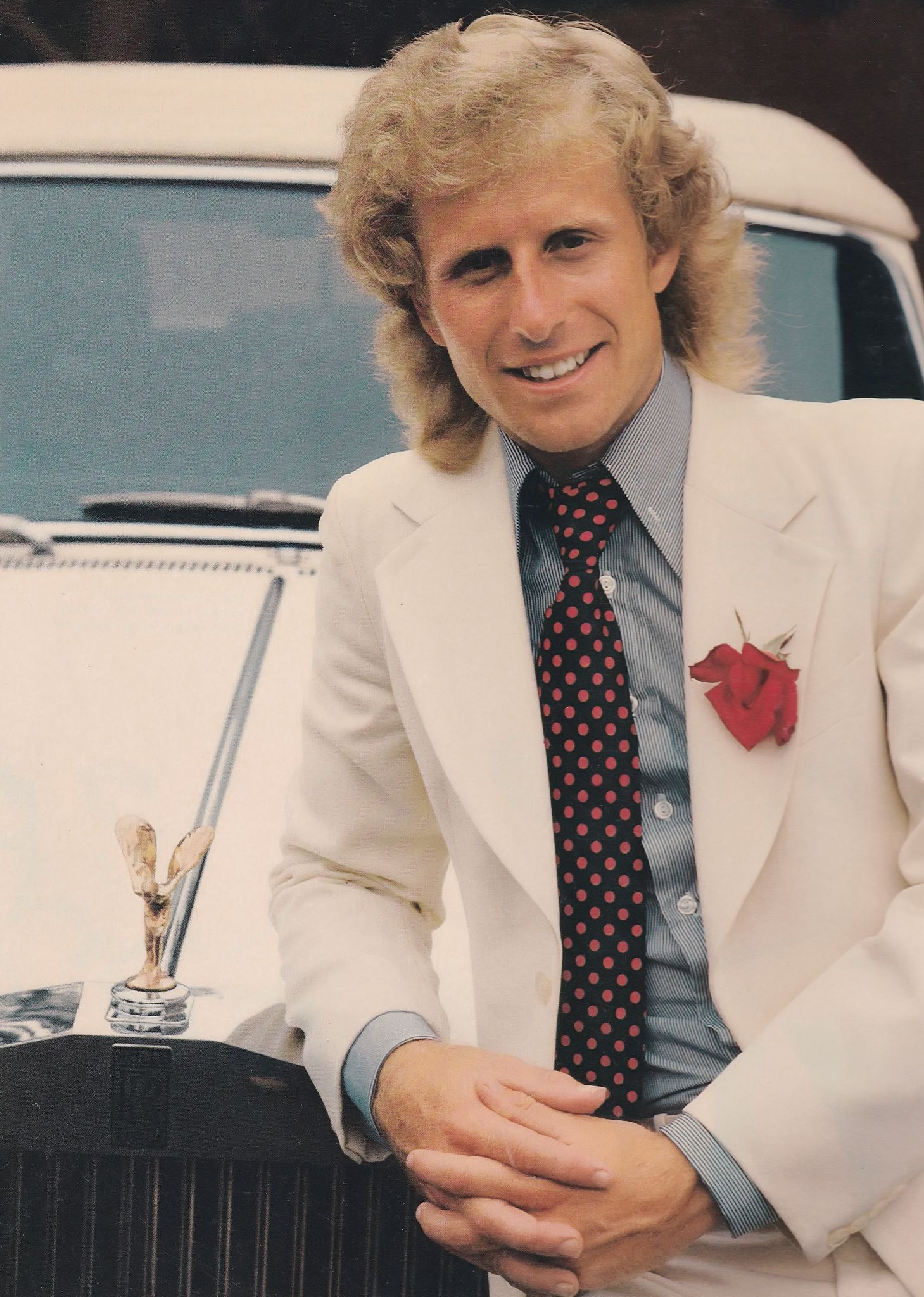
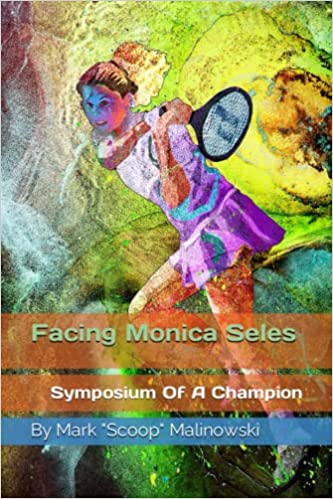





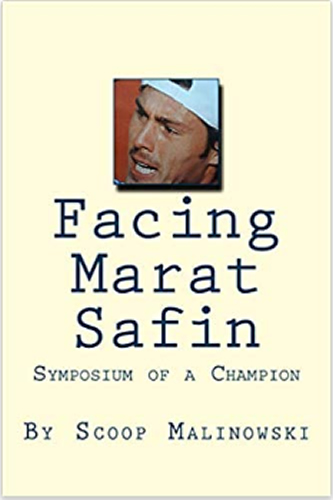
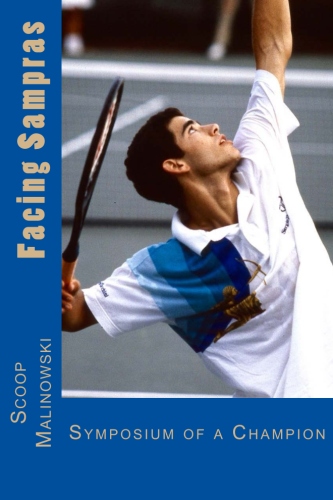
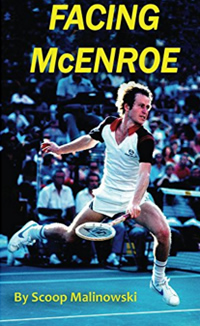



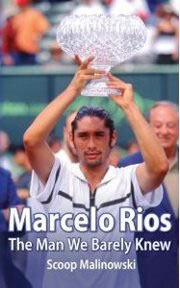
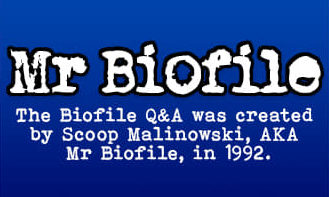
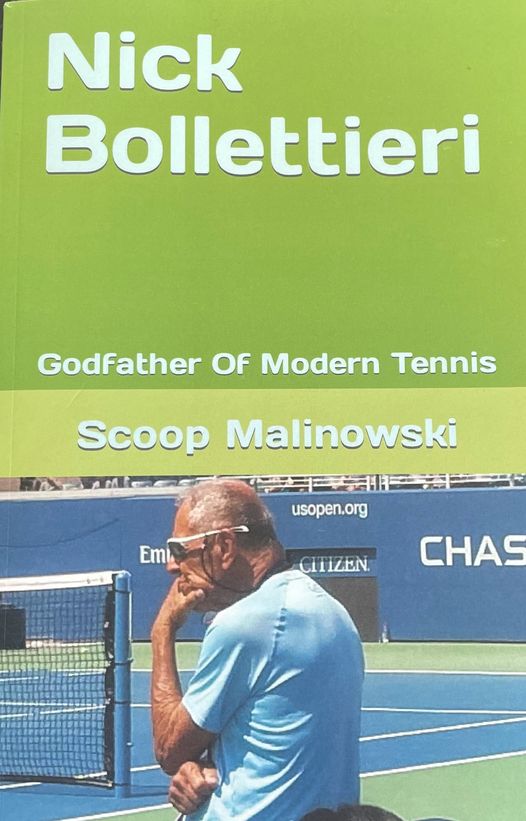

Dan Markowitz · December 4, 2018 at 12:21 pm
Great piece, Scoop. I think this is the hallmark or unique part of Tennis-Prose.com that you file articles about the forgotten legends on the tour who are still part of the game and developing the junior players like Gildemeister and Kriek and Mayotte.
Quick question, did Hans charge you for the session? And if so, how much if you don’t mind? Interesting he says power comes from left buttocks. My son, Callum, used to hit a big forehand and now it’s not so dominant and one reason Fritz Buhning thinks is because he’s not tucking his right buttocks in when he hits it. IN other words, he’s not getting enough rotation.
If this girl lives in New Jersey, get me her number. I”d love to set up a challenge match with Callum and her. I think it would be quite close, but maybe I’m wrong. I do think it’s great that you strike up conversations with these tennis figures and write articles on them. Sometimes when I come across people like Jaime Loeb like I did last week,I think about interviewing them, but I don’t want to interrupt their training.